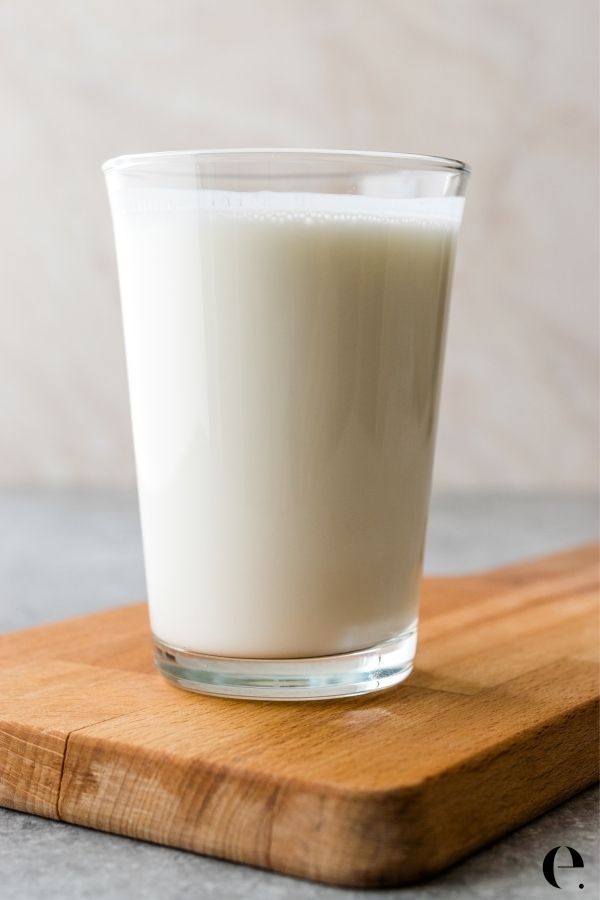
We use buttermilk in baking all the time, but have you ever thought about how to make buttermilk from scratch? This magical ingredient is used to give life to foods like biscuits, muffins, pancakes, and even ice cream.
Made from a simple combination of acid and milk, buttermilk is the secret to achieving creamy, fluffy, and perfectly tangy dishes.
Whether you are making Cast Iron Skillet Cornbread or Homemade Ice Cream, buttermilk is the key to taking your dish to the next level. It turns the average recipe into a light and fluffy delight that your friends and family won’t be able to get enough of.
So, what is buttermilk? You mean, besides the key to getting the fluffiest and most delicious cornbread on the block? Back in the day, it was the fermented liquid that was left over after churning cream into homemade butter.
Because of all the lactic acid that naturally appears in buttermilk, it lasts longer than regular milk, making it a fantastic option for cooking and baking.
Nowadays, you can buy it in stores by the bottle or carton. It’s made from a combination of milk and harmless lactic acid bacteria.
Store-bought buttermilk is thicker, tangier, and a bit more acidic than its homemade counterpart. Consistency-wise, it’s comparable to yogurt or sour cream.
Buying pre-made is great when you’re in a time crunch. However, for the best (and cheapest!) results, making it from scratch is definitely the way to go. So, get your mixing spoons ready and give it a whirl.
Key Ingredients
Ready to try it out for yourself? All you need to make this simple recipe is two basic ingredients that you almost definitely have at home:
- Vinegar. White vinegar is your best bet, but you can also use apple cider vinegar, rice vinegar, or lemon juice. The key is finding a clear (or almost clear) acidic substance (vinegar or lemon juice) with an acidity level similar to white vinegar.
- Milk. Just like with vinegar, you have some options here. You can really use any kind of milk you like best to make buttermilk. For dairy-free buttermilk, you can use your favorite plant-based milk alternative. For extra-creamy buttermilk, opt for full-fat milk. It’s totally up to you!
How to Make Buttermilk
Buttermilk isn’t just delicious, it’s also super easy to make. To make your own from scratch, you simply follow a basic ratio of 1 tablespoon vinegar or lemon juice to 1 cup of the milk of your choice. Then, you’ll have homemade buttermilk in just 4 steps:
- Pour vinegar or lemon juice into a measuring cup.
- Fill the remainder of the cup with milk until you reach 1 cup of liquid.
- Stir with a spoon or whisk until thoroughly combined.
- Let it rest for at least 5-10 minutes before using it. Add to your favorite recipes and enjoy!
The final result should appear a bit separated at the top and there might be some light curdling. Don’t worry—this is completely normal.
Also, sometimes you may not notice a significant change in your buttermilk, which is also nothing to worry about. As long as you follow the steps correctly, the acidity will be there and you’ll be good to go.
Recipe Tips
Here are some of my top tips and tricks on how to make buttermilk:
- Go dairy-free. This can easily be made without dairy for a delicious vegan buttermilk. Because you have control over the milk that you choose by making it at home, you can use any plant-based milk alternative. Personally, I recommend oat milk.
- Try using yogurt. If you don’t have vinegar or lemon juice at home, you can make a buttermilk dupe with yogurt. Adding ¾ cup of plain yogurt to ¼ cup water or milk creates a delicious, creamy substitute.
- Try using sour cream. Don’t have vinegar, lemon juice, or yogurt? You’re not out of options just yet! For another buttermilk dupe, try mixing ¾ cup sour cream with ¼ cup milk or water for a similar effect.
- Make it low-fat. The level of fat is entirely dependent on the type of milk you use. If you’re looking to make fat-free buttermilk, simply use fat-free or skim milk.
Ways to Use Buttermilk
One of my favorite things about this recipe is how insanely versatile it is. There are so many different uses for this ingredient, so the options are nearly endless! Not sure what to make with buttermilk? Here are some of my favorites ways to use it:
- Cornbread. Buttermilk made from scratch really takes homemade cornbread to the next level. Aside from enhancing the already-rich flavors of the cornbread, it adds a mouth-watering creaminess that can’t be beat.
- Pancakes. Buttermilk pancakes have earned their notoriety for a reason. For the fluffiest pancakes you’ve ever had, you’ve got to try adding some.
- Waffles. Not a pancake person? Try using this buttermilk recipe in your waffles instead. They’re super delicious and your kids won’t be able to get enough.
- Coleslaw. Want the creamiest coleslaw? If so, try using this recipe as a substitute for mayonnaise.
- Homemade ice cream. Think of the best ice cream you’ve ever tried. It probably contained buttermilk! This is one of the key ingredients in almost any great ice cream recipe.
- Soup. Adding a touch of buttermilk to your next pot of soup is a great way to make it extra creamy and rich.
- Biscuits. Let’s be honest, who doesn’t love a warm, fluffy biscuit? Buttermilk biscuits are hearty and savory but also low-carb, making them a total win.
- Cookies. Whether you prefer chocolate chip, oatmeal raisin, or classic sugar, this creamy ingredient is guaranteed to upgrade your favorite recipe.
How to Replace Milk With Buttermilk in Recipes
Using buttermilk as a milk replacement is a great way to achieve fluffier and creamier results. You can easily add it instead of milk to any baking recipe by making a few simple alterations to the recipe:
- Cut the amount of baking powder in half. It will throw off your acidity.
- Add ¼ teaspoon baking soda per small batch.
- Replace the milk with the same amount of buttermilk.
I’ve tried swapping out milk for buttermilk in recipes that I had been making for years and was in shock at how much better they were after I made the swap! Try it out for yourself and let me know what you think.
How to Store Buttermilk
As you can probably tell, this article is basically a love letter to buttermilk. But the love isn’t over just yet, because this magical ingredient is also crazy easy to store. Another reason to love it!
While this recipe is best when it’s fresh, storing it is a breeze. Simply seal your leftovers in an airtight jar or storage container. You can refrigerate it for up to 7-10 days. If you need to store it for longer, you can freeze buttermilk for up to 3 months.
Frequently Asked Questions
Below you’ll find some of the most frequently asked questions about this recipe:
Is buttermilk healthy?
It certainly can be! Buttermilk gets a bad rap as an unhealthy ingredient because the store-bought versions are often loaded with fat. However, by making your own at home, you can control which type of milk you use to make it. You can easily make this creamy ingredient using a low-fat or plant-based milk for a healthier alternative.
What does buttermilk do in baking?
Buttermilk has a rich, tangy flavor and a beautiful creaminess that enhances the flavor of a wide variety of recipes in baking and cooking. It helps to keep your baked goods ultra soft and fluffy, while also helping them to rise.
What kind of vinegar should I use?
Any clear or semi-clear vinegar will do the trick. While many people prefer to use white vinegar, you can also use apple cider vinegar, rice vinegar, or lemon juice.
Since they all have a similar acidity level, there isn’t much of a difference in flavor, so feel free to use any light-colored vinegar you have at home.
How to thicken buttermilk?
Adding a tablespoon of vinegar or lemon juice will cause the milk to curdle, thickening it slightly. The longer you let the combination sit, the thicker it will become. So, if your buttermilk isn’t up to the level of thickness you want, let it sit for a little longer.
How to prevent buttermilk from becoming bitter?
Although bitterness isn’t usually a problem I have with this recipe, there is a simple trick that you can try if needed. Adding a pinch of salt should take care of any bitterness caused by the milk’s fermentation process.
More Healthy Recipes With Milk
If you liked this delicious recipe, try these next:
- Anti-Inflammatory Turmeric Tea Recipe (Golden Milk)
- Homemade Rocket Popsicles (Berry and Coconut Milk)
- 3-Ingredient Cashew Milk Recipe
- 2-Ingredient Homemade Coconut Yogurt (Dairy-Free)
- Activated Charcoal Smoothie (For Halloween!)
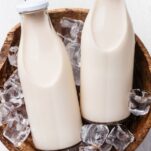
How to Make Buttermilk (Under 10 Minutes!)
- Prep Time: 10 minutes
- Cook Time: 0 minutes
- Total Time: 10 minutes
- Yield: 1 cup 1x
- Category: Baking
- Method: Stir
- Cuisine: American
Description
Try making your own buttermilk from scratch with this easy recipe. With just two ingredients, you can instantly upgrade your favorite baked goods. Are you ready for creamy, fluffy perfection?
Ingredients
- 1 tablespoon of vinegar or lemon juice
- 1 cup of milk
Instructions
- Pour 1 tablespoon of vinegar or lemon juice into a measuring cup.
- Fill the remainder of the cup with milk until you reach 1 cup of liquid.
- Stir with a spoon or whisk until thoroughly combined.
- Let it rest for at least 5-10 minutes before using it. Add to your favorite recipes and enjoy!
Notes
Types of Vinegar: You can use any clear or semi-clear type of vinegar you prefer. White vinegar, apple cider vinegar, and rice vinegar will all work well. Alternatively, you can use fresh lemon juice in place of vinegar.
Types of Milk: You can use any type of milk you prefer in this recipe. Full-fat, low-fat, skim, or any plant-based milk alternative will work.
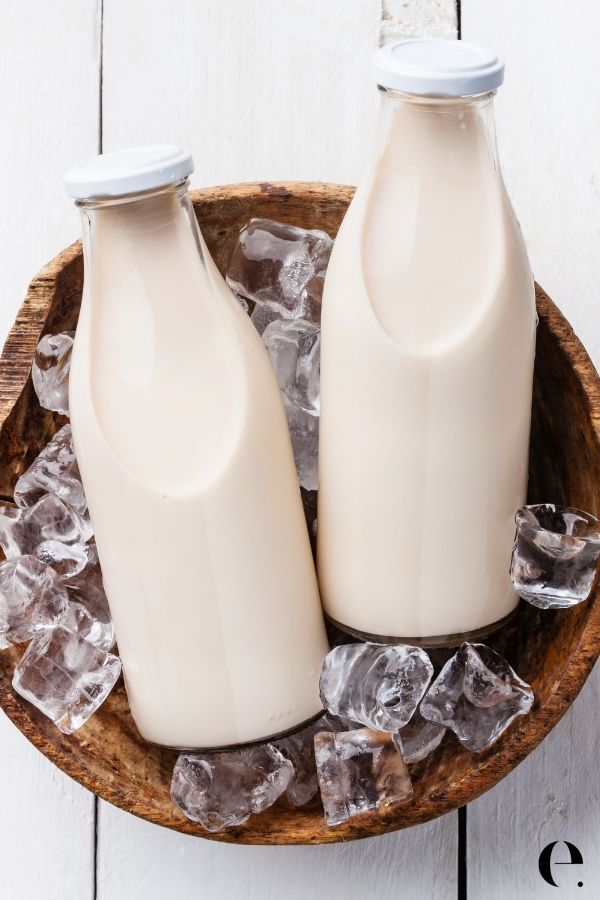
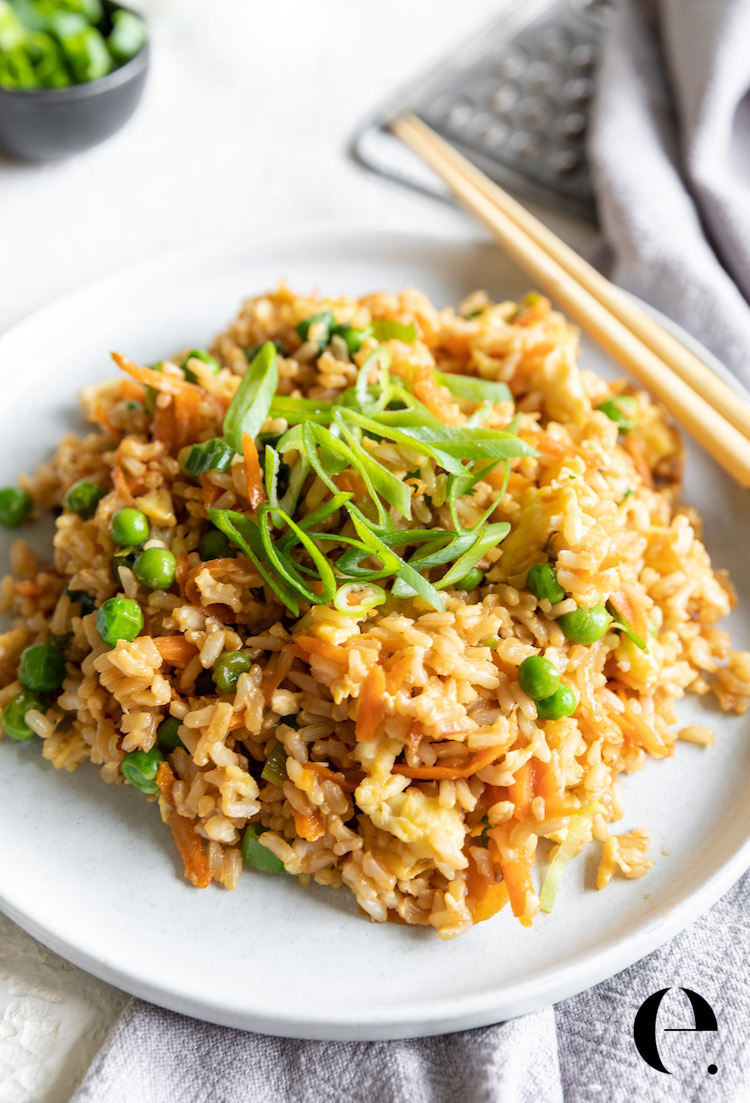
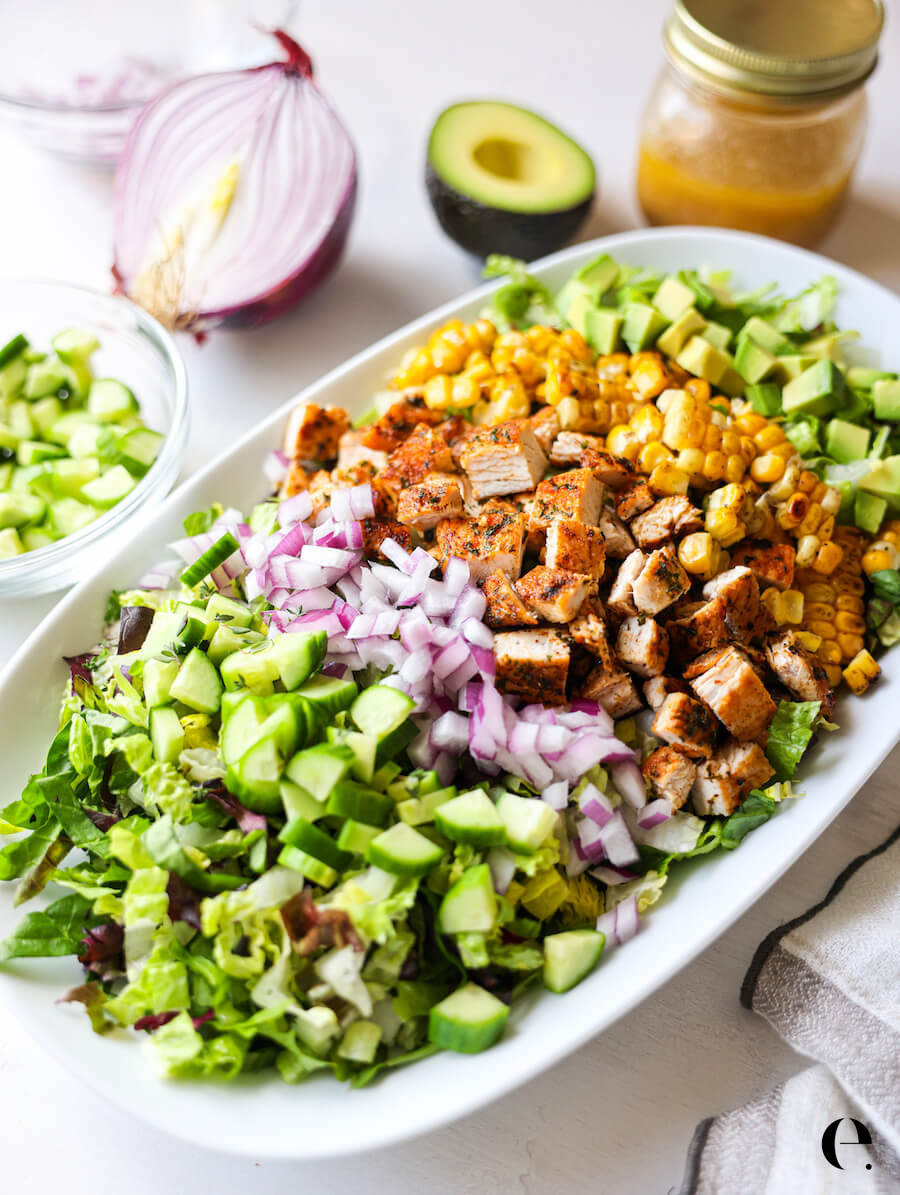
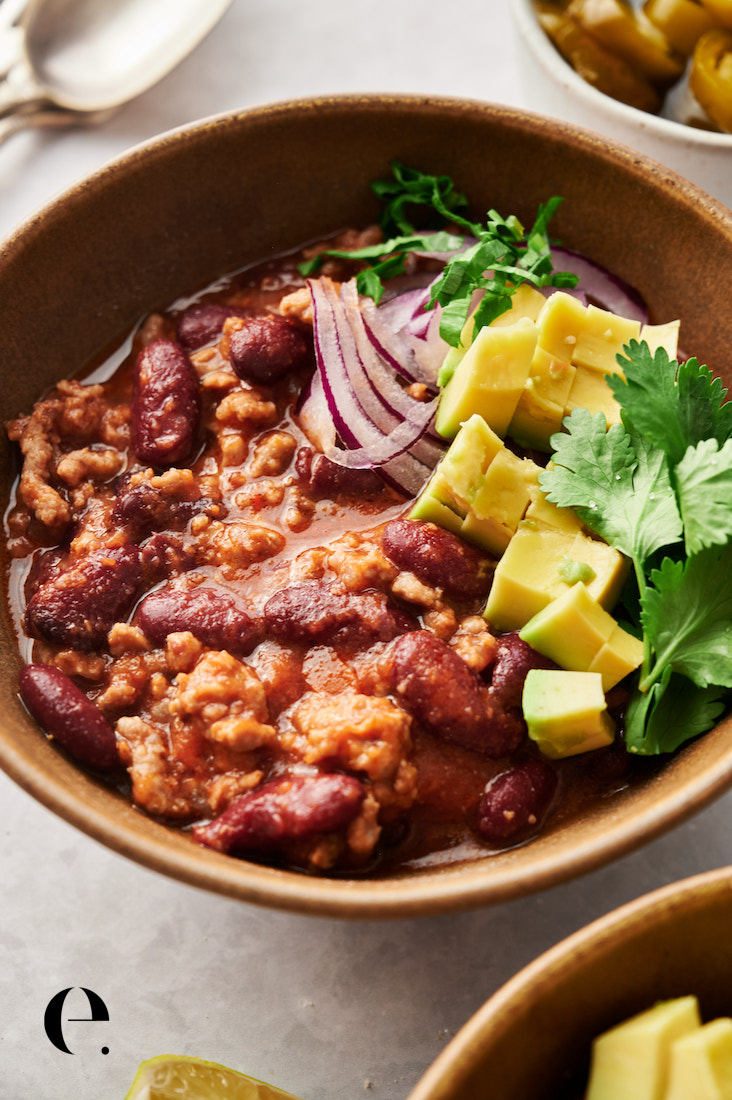
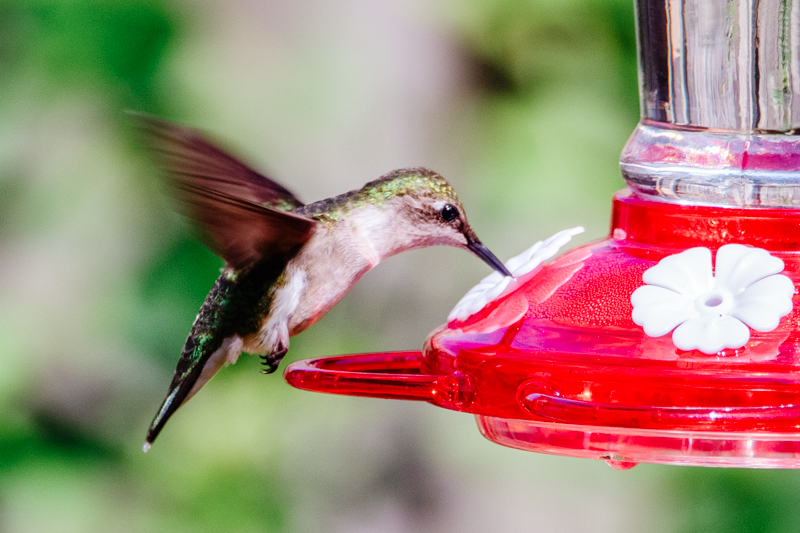
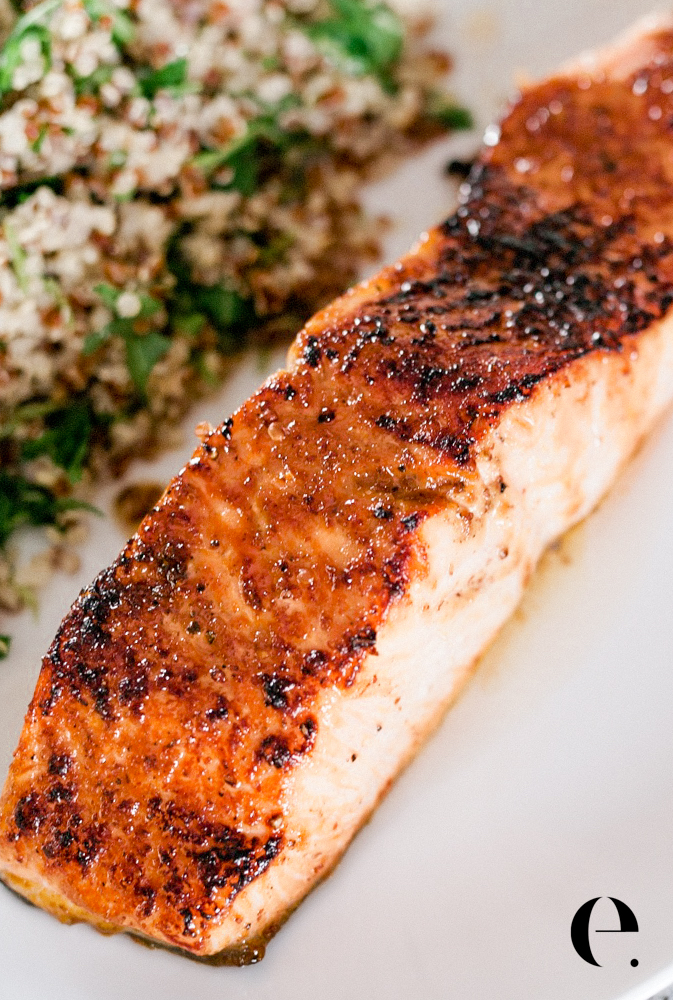
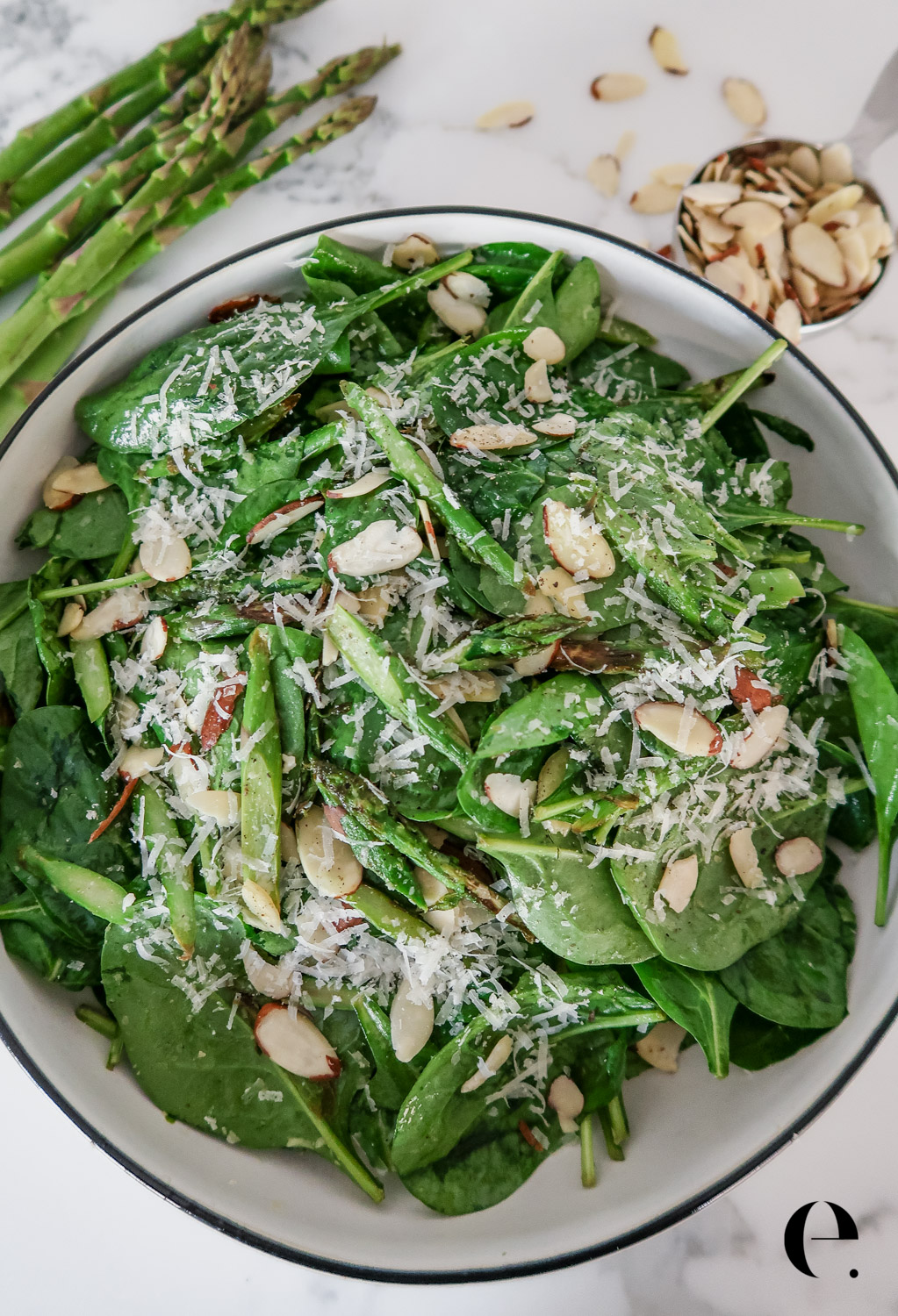
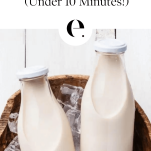
Leave A Review + Read The Comments →